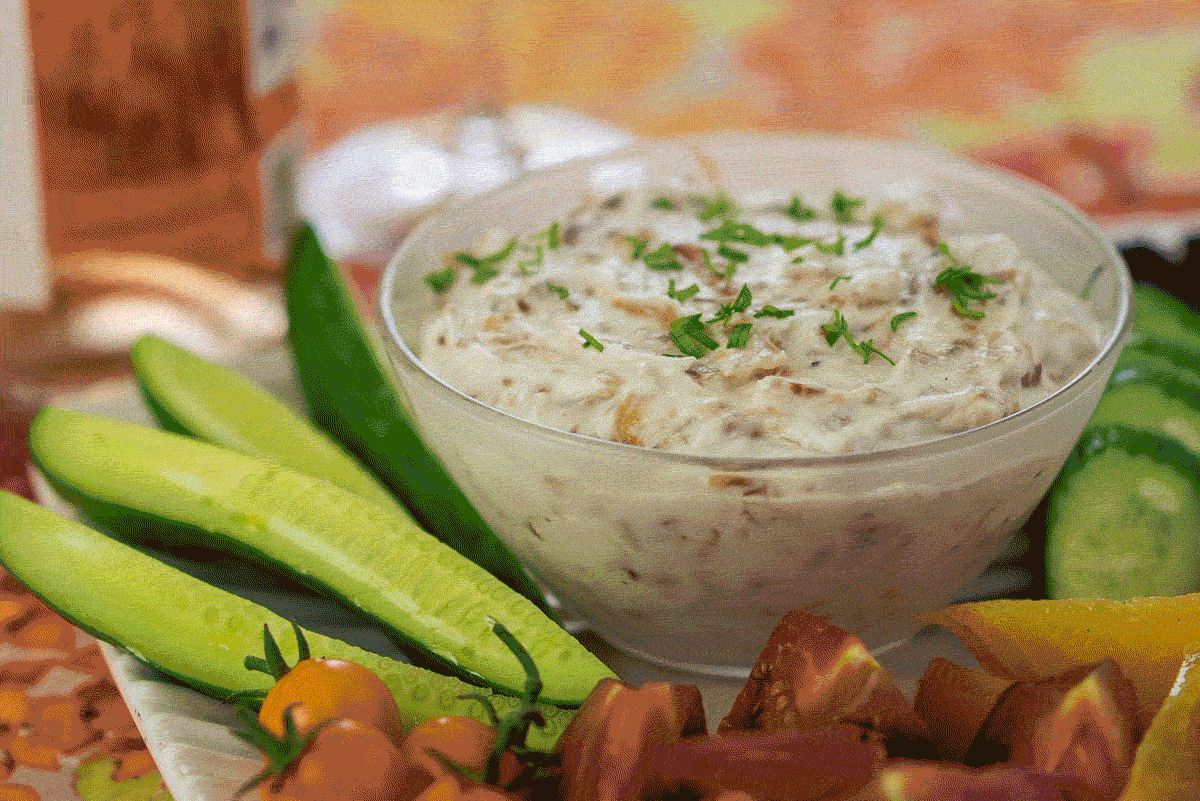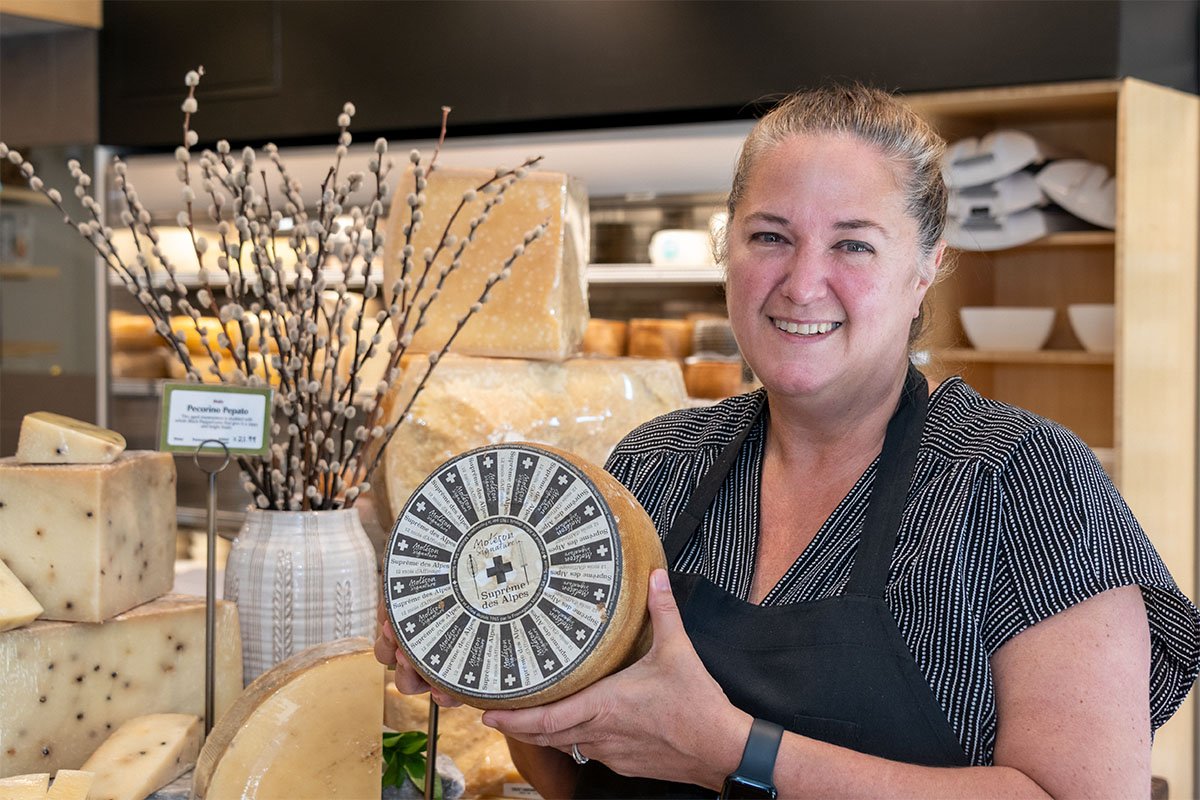For all the hype around plant-based “dairy,” Americans have not abandoned real milk yet. True, we’re not drinking as much milk as we used to, but sales of cultured dairy products are soaring. You might think “cultured dairy products” includes cheese, but it’s industry terminology for the fermented dairy foods in your supermarket’s refrigerated reach-ins, like cottage cheese, yogurt, kefir, buttermilk, sour cream and cream cheese. In that group, cottage cheese is the breakout star—thank you, TikTok—but yogurt (including yogurt drinks) is a phenom, too, approaching $12 billion in annual sales in the U.S. Astonishing, no? Greek-style yogurt accounts for more than half of that.
Read moreDecoding Greek Yogurt
Photo: Eva Kolenko









